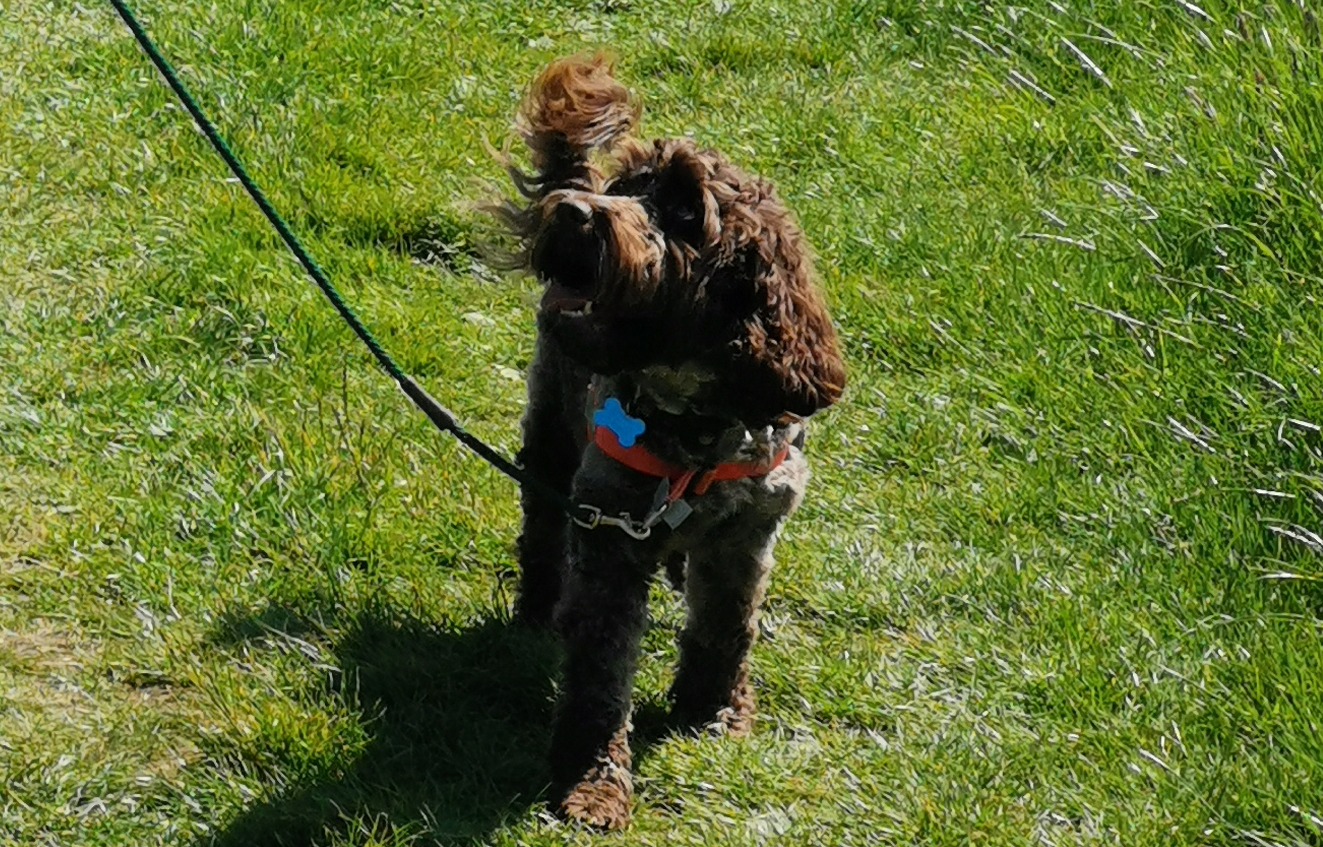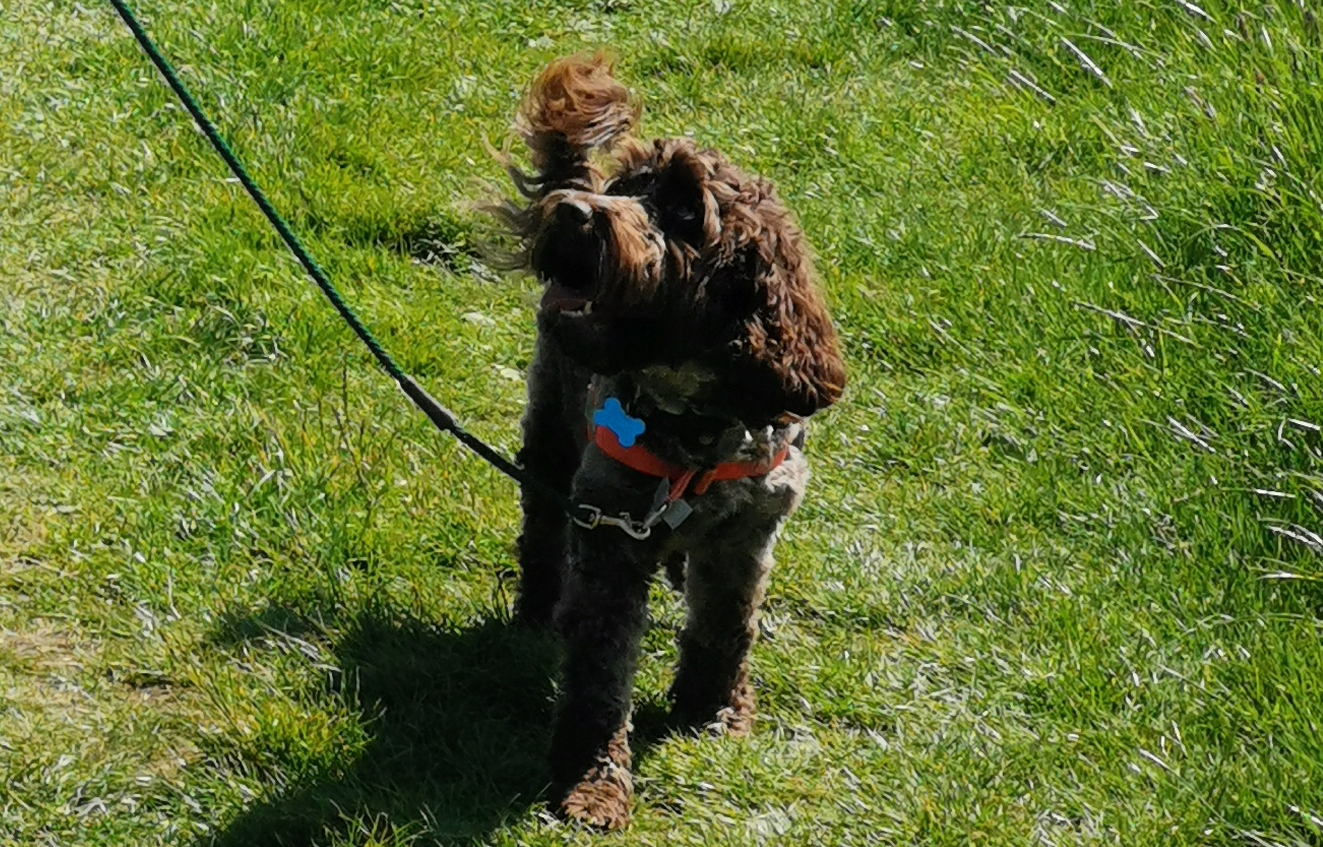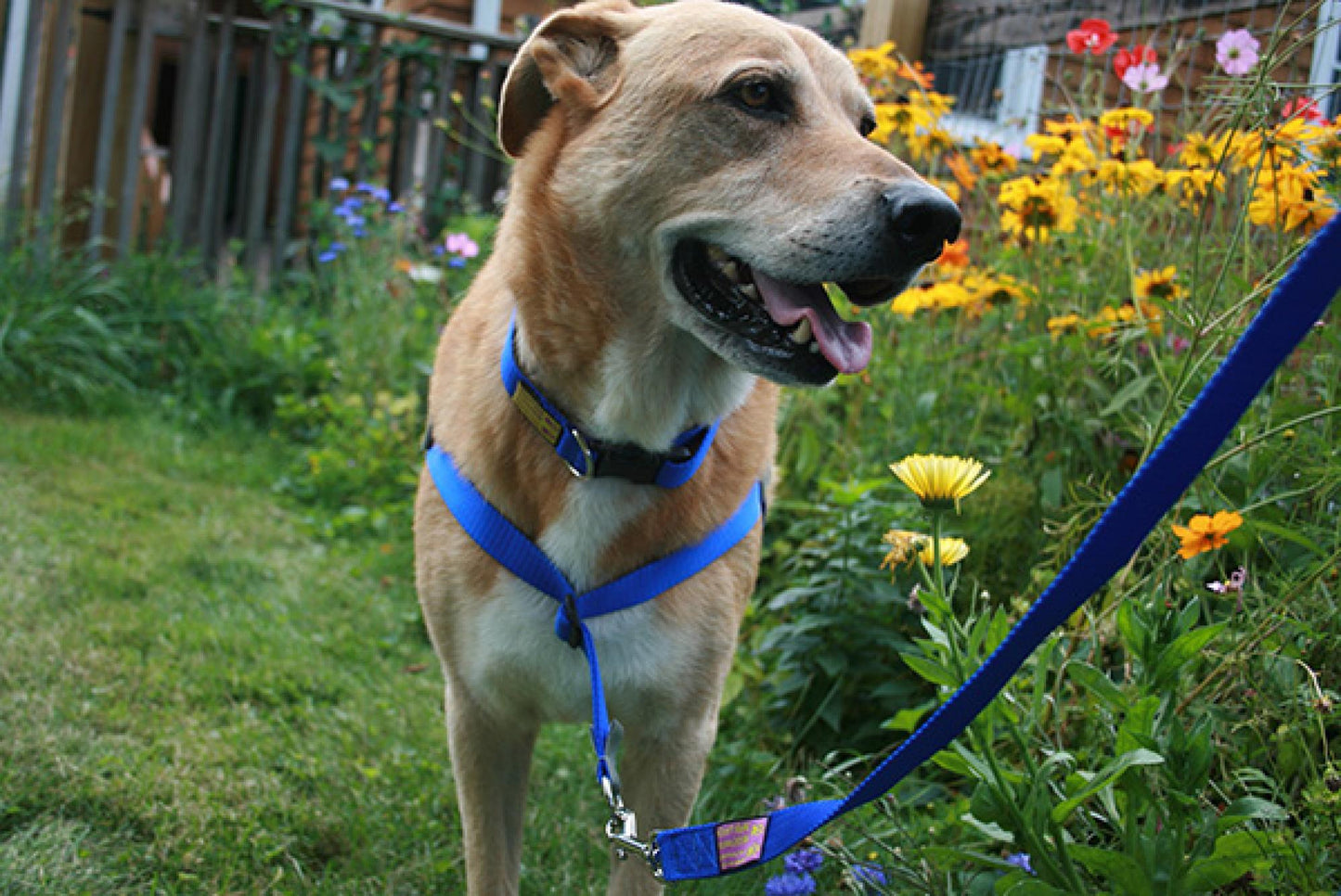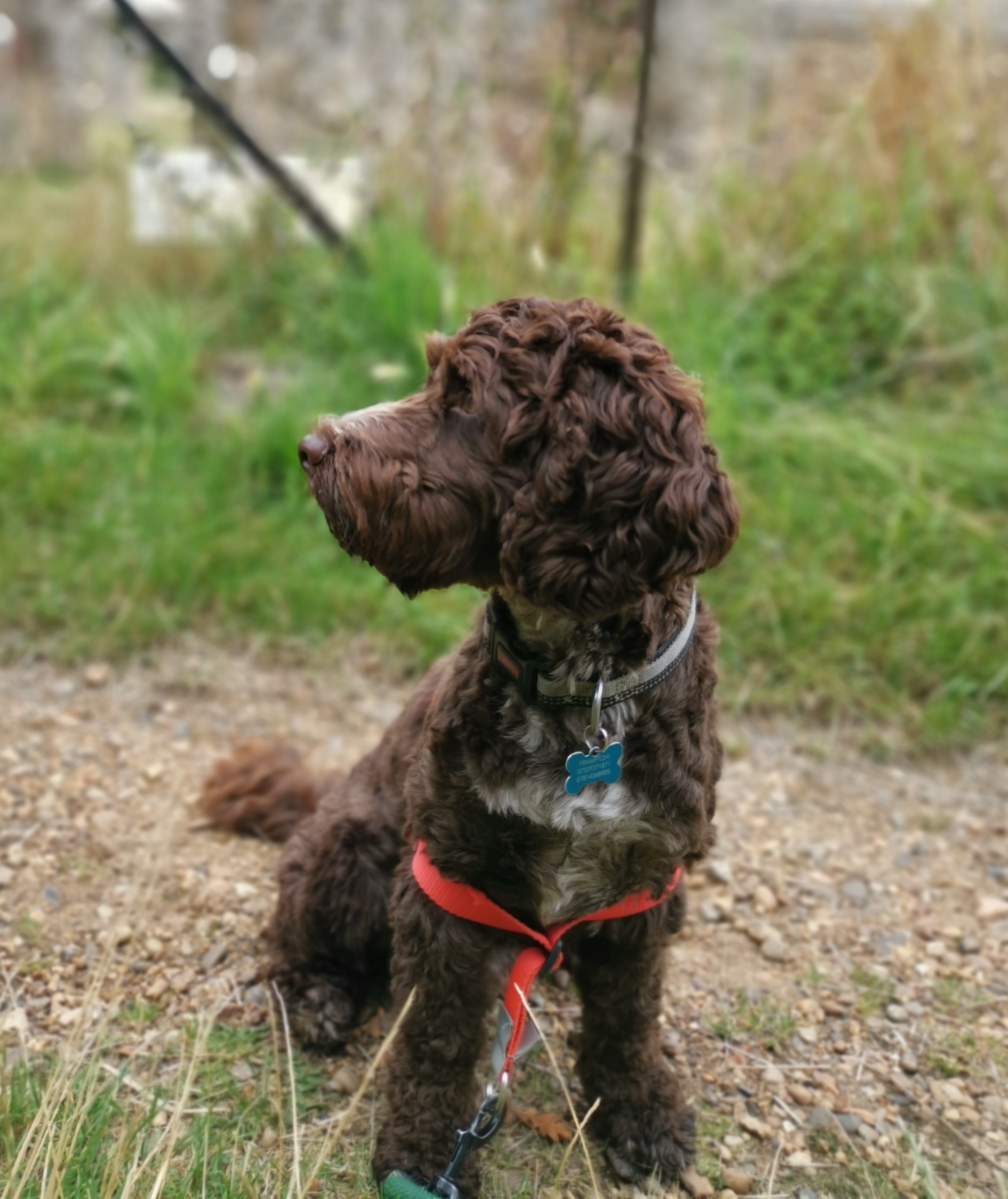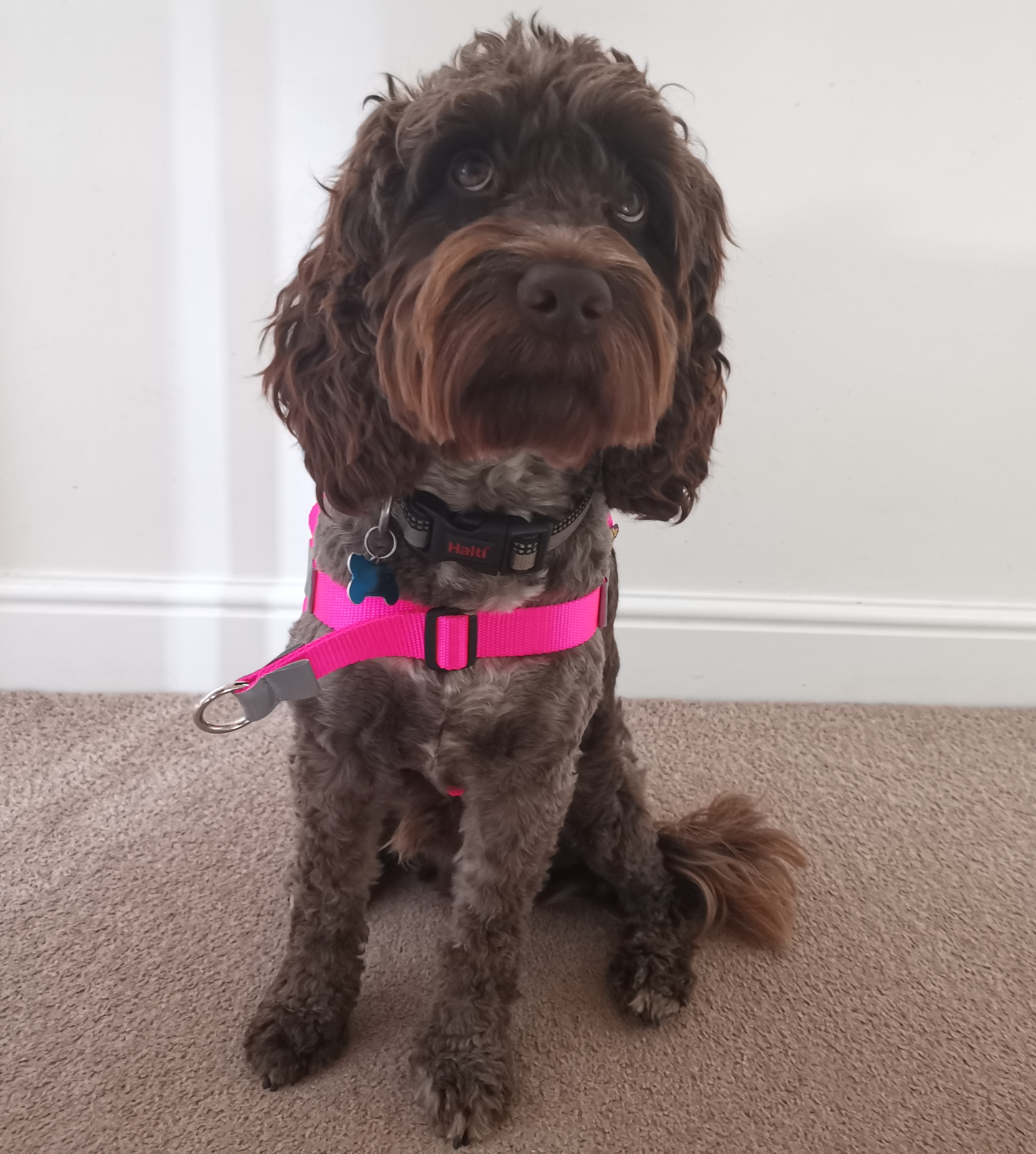Crate training is a valuable tool that can help create a safe and secure environment for your dog. It provides them with a personal space where they can relax and feel comfortable. When done correctly, crate training can aid in housebreaking, prevent destructive behavior, and make travel easier. Here’s a step-by-step guide to successful crate training.
1. Choose the Right Crate
The first step in crate training is selecting the right crate for your dog. The crate should be large enough for your dog to stand up, turn around, and lie down comfortably. However, it should not be so large that they can use one end as a bathroom. There are several types of crates available, including wire crates, plastic crates, and soft-sided crates. Choose one that suits your dog’s size, temperament, and needs.
2. Introduce the Crate Positively
Introduce the crate to your dog in a positive and gradual manner. Place the crate in a room where your family spends a lot of time. Make the crate inviting by adding a comfortable bed, blankets, and a few of your dog’s favorite toys. Allow your dog to explore the crate at their own pace without forcing them inside.
Tips for Introduction:
- Leave the crate door open initially so your dog can go in and out freely.
- Use treats to encourage your dog to enter the crate. Place treats near the crate entrance and gradually move them further inside.
- Praise and reward your dog for any interaction with the crate, even if they just sniff it.
3. Create Positive Associations
Create positive associations with the crate by feeding your dog their meals inside it. Start by placing the food bowl near the crate, then gradually move it inside the crate. This helps your dog associate the crate with something enjoyable and positive.
Tips for Positive Associations:
- Use high-value treats and toys to make the crate a rewarding place.
- Play crate games, such as tossing treats into the crate and letting your dog fetch them.
- Always use a cheerful and encouraging tone when talking about the crate.
4. Gradual Training Sessions
Begin with short crate training sessions and gradually increase the duration. Start by encouraging your dog to enter the crate and close the door for a few seconds. Gradually extend the time your dog spends in the crate while you remain nearby.
Tips for Gradual Sessions:
- Stay calm and positive during training sessions.
- Gradually increase the distance you move away from the crate while your dog is inside.
- Use a command like "crate" or "kennel" to signal your dog to enter the crate, followed by a treat and praise.
5. Extend Crate Time
Once your dog is comfortable spending short periods in the crate, gradually extend the time they spend inside. Start by leaving the room for a few minutes and gradually increase the time you are away. Return calmly and quietly to avoid creating excitement or anxiety.
Tips for Extending Crate Time:
- Ensure your dog has had a chance to relieve themselves before extended crate time.
- Provide safe chew toys or puzzle toys to keep your dog occupied.
- Avoid using the crate as a punishment, as this can create negative associations.
6. Crate Training for Nighttime
Crate training can also help your dog settle down at night. Place the crate in your bedroom or nearby so your dog feels secure. Gradually move the crate to your desired location once your dog is comfortable sleeping in it.
Tips for Nighttime Crate Training:
- Establish a bedtime routine to help your dog understand when it’s time to sleep.
- Avoid giving your dog water a few hours before bedtime to prevent nighttime accidents.
- Be patient and reassuring if your dog whines or cries initially; they are adjusting to their new sleeping arrangement.
7. Use the Crate When You’re Away
Once your dog is fully comfortable with the crate, you can use it when you’re away from home. Start with short absences and gradually extend the time. Always ensure your dog has had a chance to relieve themselves and has a comfortable environment inside the crate.
Tips for Leaving Your Dog in the Crate:
- Leave your dog with a safe chew toy or puzzle toy to keep them occupied.
- Avoid making a big deal out of leaving or returning home to prevent separation anxiety.
- Ensure the crate is a safe and positive place by maintaining a calm and consistent routine.
Conclusion
Crate training your dog can provide them with a safe, comfortable space and help manage their behavior effectively. By introducing the crate positively, creating positive associations, and gradually extending crate time, you can successfully crate train your dog. Remember to be patient, consistent, and positive throughout the process. With the right approach, your dog will come to see their crate as a secure and comforting environment. Start crate training today and enjoy the benefits of a well-trained, happy dog.


